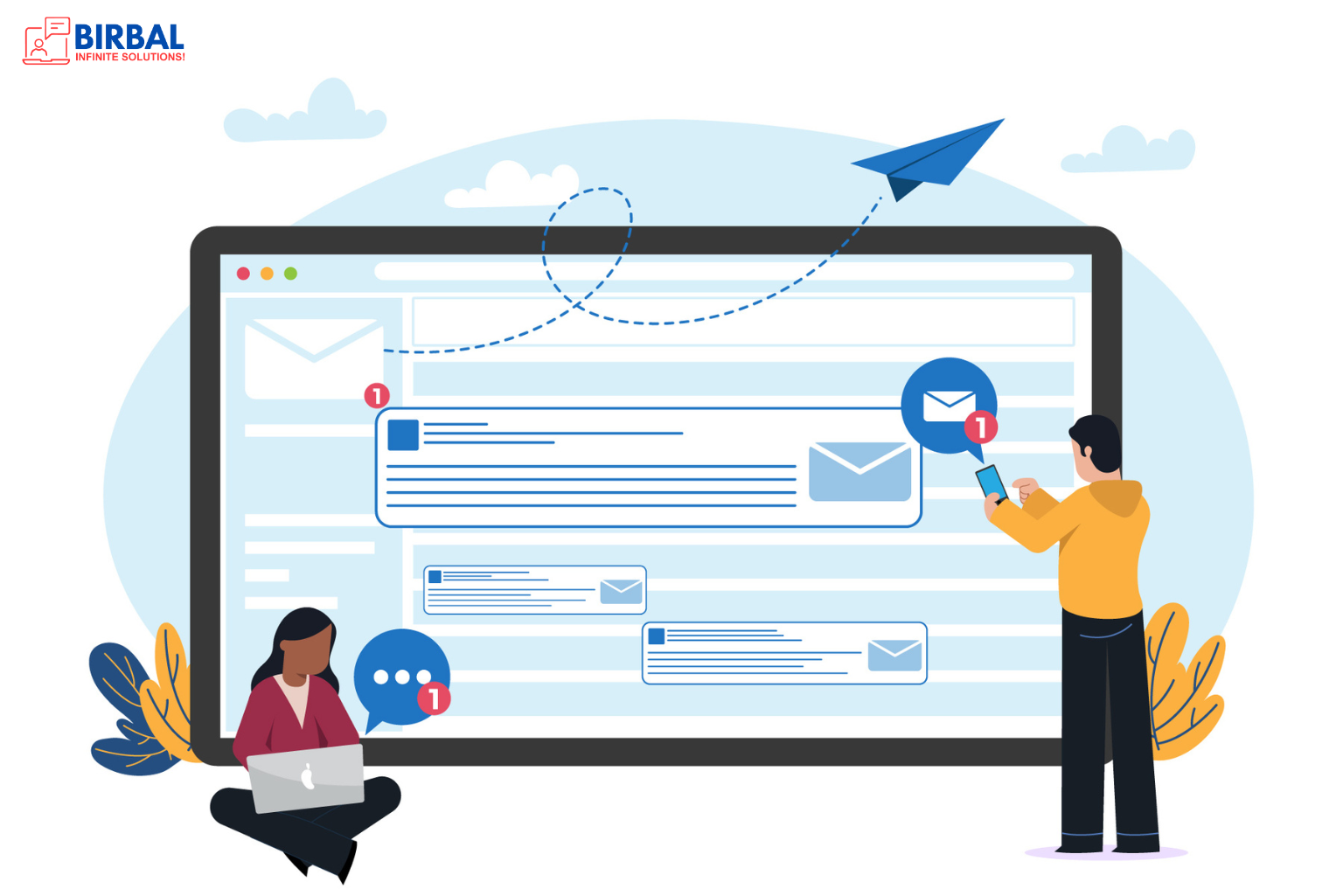Boost your campaigns with email marketing automation
In the fast-paced world of digital marketing, efficiency is key. Email marketing automation has emerged as a powerful tool to streamline your marketing campaigns, save time, and boost results. In this comprehensive guide, we’ll explore the benefits of email marketing automation, best practices, and how to implement it effectively to drive success in your campaigns.
Section 1: The Power of Email Marketing Automation
What is Email Marketing Automation?
Email marketing automation involves using software and technology to send personalized, targeted emails to your audience based on their behaviour, preferences, and interactions with your brand. It allows you to automate repetitive tasks, nurture leads, and deliver timely and relevant content to your subscribers.
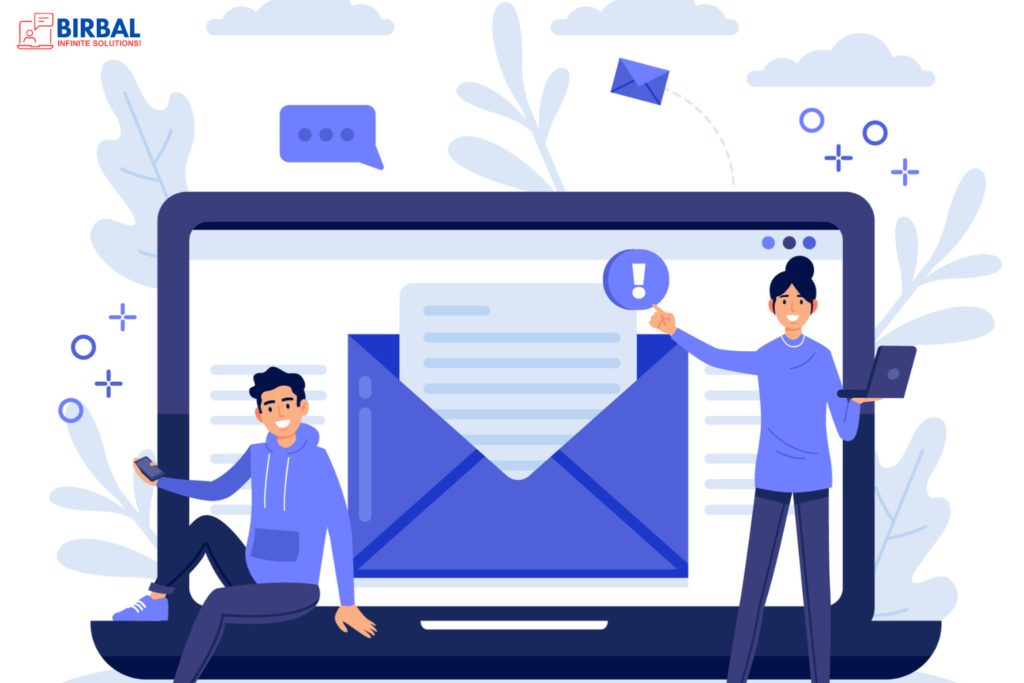
Benefits of Email Marketing Automation
- Improved Efficiency
- Time Savings: Automating repetitive tasks like sending welcome emails and follow-ups frees up your team’s time for more strategic activities.
- Personalization at Scale
- Segmentation: Divide your email list into segments based on demographics, behaviour, or interests, allowing you to send highly relevant content to each group.
- Enhanced Engagement
- Timely Messages: To increase engagement, send emails at the right time, such as birthday greetings or abandoned cart reminders.
Section 2: Key Elements of Email Marketing Automation
- Subscriber Management
- List Segmentation: Divide your subscriber list into groups for targeted campaigns.
- Personalization: Use subscriber data to personalize emails and make your audience feel valued.
- Automated Workflows
- Drip Campaigns: Automate a series of emails that guide subscribers through the buyer’s journey.
- Behaviour-Based Triggers: Send emails triggered by specific actions, such as website visits or email opens.
- A/B Testing
- Subject Lines: Test different subject lines to find the most effective ones.
- Content: Optimize performance by experimenting with email content, visuals, and CTAs.
- Analytics and Reporting
- Track Metrics: Monitor open rates, click-through rates, conversion rates, and more to measure campaign success.
- Iterate and Improve: Use data to refine your email marketing strategy continually.
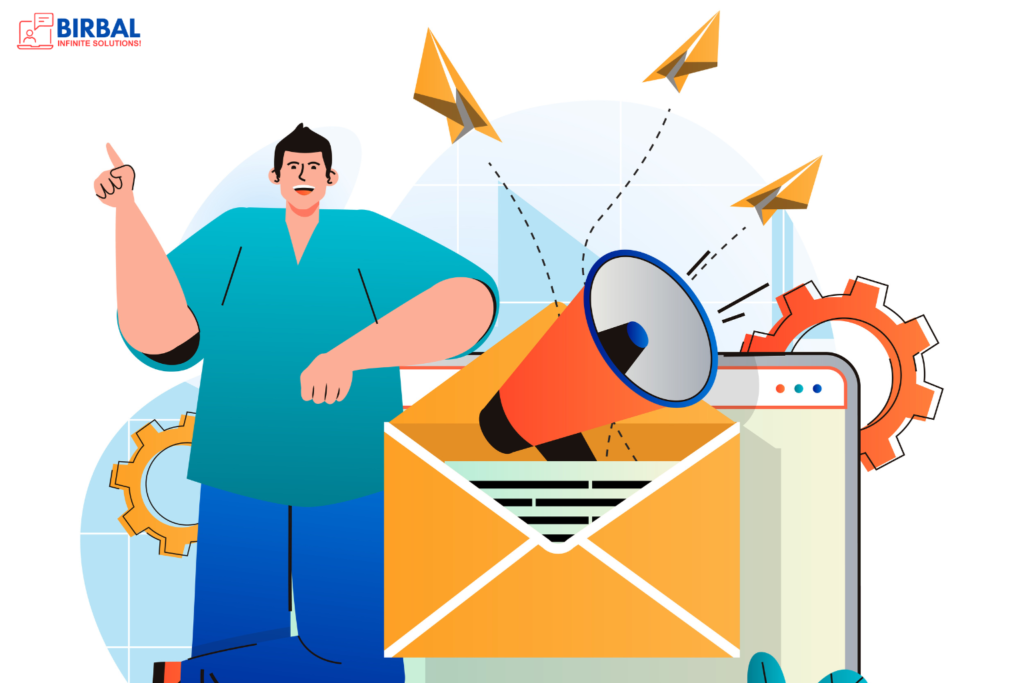
Section 3: Email Marketing Automation Best Practices
- Understand Your Audience
- Buyer Personas: Create detailed buyer personas to tailor your content effectively.
- Data Collection: Gather information about your subscribers’ preferences and behaviour.
- Create Compelling Content
- Content Relevance: Ensure that your content resonates with your target audience.
- Valuable Offers: Provide subscribers with exclusive offers, discounts, or valuable information.
- Use Personalization
- Dynamic Content: Insert dynamic content in emails based on subscriber data.
- Personalized Recommendations: Suggest products or content based on individual preferences.
- Test and Optimize
- A/B Testing: Continuously test different elements to identify what resonates with your audience.
- Iterative Approach: Use insights from testing to refine your email marketing strategy.
Section 4: Real-World Examples
Case Study 1: Amazon
Challenge: Amazon wanted to increase user engagement on its platform.
Solution: They implemented a robust email marketing automation system that sent personalized product recommendations based on users’ browsing and purchase history.
Results:
- 29% increase in click-through rates.
- 10% increase in conversion rates.
- 40% more revenue generated from email marketing.
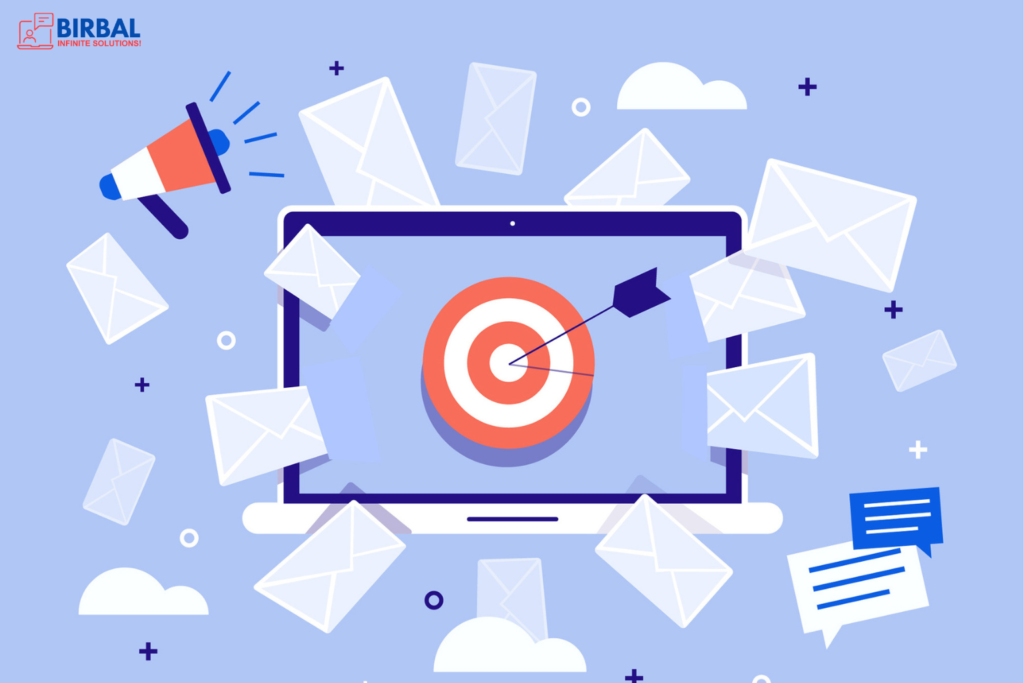
Case Study 2: Spotify
Challenge: Spotify aimed to reduce churn and increase user retention.
Solution: They used email marketing automation to send personalized playlists, artist recommendations, and concert alerts based on users’ listening history.
Results:
- 20% reduction in churn rate.
- 15% increase in monthly active users.
- 25% boost in premium subscriptions.
Section 5: Implementing Email Marketing Automation
- Choose the Right Email Marketing Automation Platform
- Consider Your Needs: Evaluate platforms based on your specific requirements, budget, and scalability.
- Set Clear Objectives
- Define Goals: Determine what you want to achieve with email marketing automation, such as lead nurturing or increasing sales.
- Data Collection and Segmentation
- Collect Relevant Data: Gather information about your subscribers to create meaningful segments.
- Segmentation Strategy: Develop a segmentation strategy that aligns with your goals.
- Develop Automated Workflows
- Map Customer Journeys: Create automated workflows that guide subscribers through various stages of the buyer’s journey.
- Create Engaging Content
- Content Calendar: Plan your content and align it with your automation workflows.
- Design and Copywriting: Ensure that your emails are visually appealing and have a compelling copy.
- Test and Iterate
- A/B Testing: Continuously test and refine your emails to optimize performance.
- Analyze Results: Use analytics to measure the impact of your email marketing automation efforts.
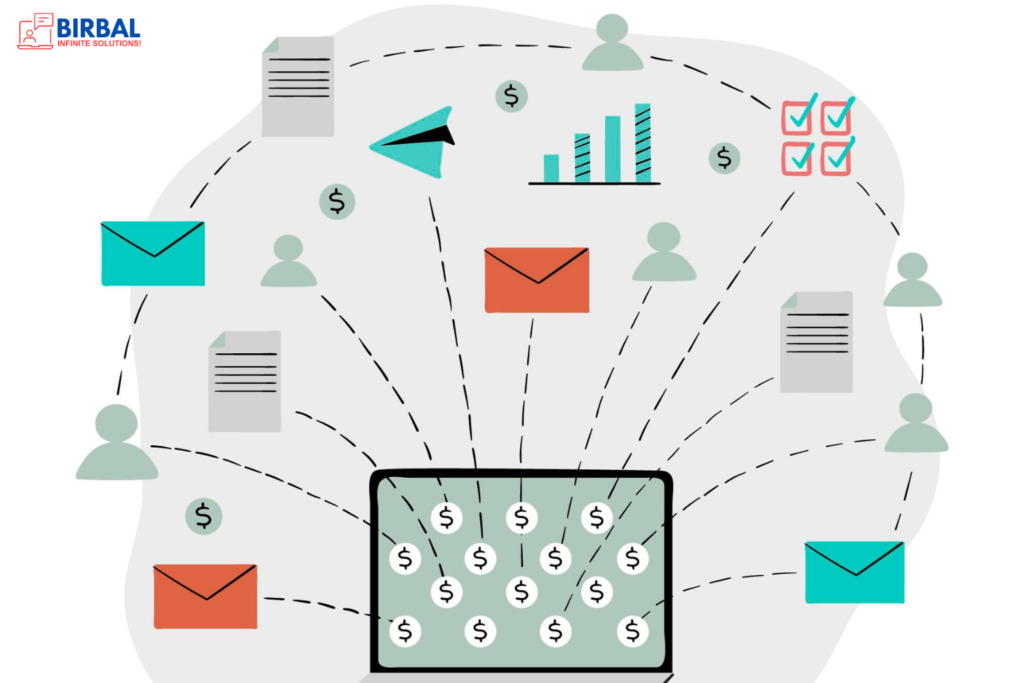
Section 6: Future Trends in Email Marketing Automation
- AI-Driven Personalization
- Predictive Analytics: Use AI to predict subscriber behaviour and tailor content accordingly.
- Predictive Email Send Times: Send emails at the optimal times for each individual subscriber.
- Interactive Emails
- Gamification: Incorporate gamified elements to make emails more engaging.
- Feedback Forms: Allow subscribers to provide feedback directly within emails.
- Improved Mobile Optimization
- Mobile-First Design: Ensure that your emails are fully optimized for mobile devices.
- AMP for Email: Explore the use of AMP (Accelerated Mobile Pages) for interactive emails.
Conclusion
Email marketing automation is a powerful tool that can significantly streamline your marketing campaigns, improve efficiency, and boost engagement. By understanding its benefits, implementing best practices, and learning from real-world examples, you can harness the full potential of email marketing automation to achieve your marketing objectives.
As technology advances, staying ahead of the curve by embracing trends like AI-driven personalization, interactive emails, and enhanced mobile optimization will be vital to maintaining a competitive edge in the ever-evolving digital marketing landscape.

